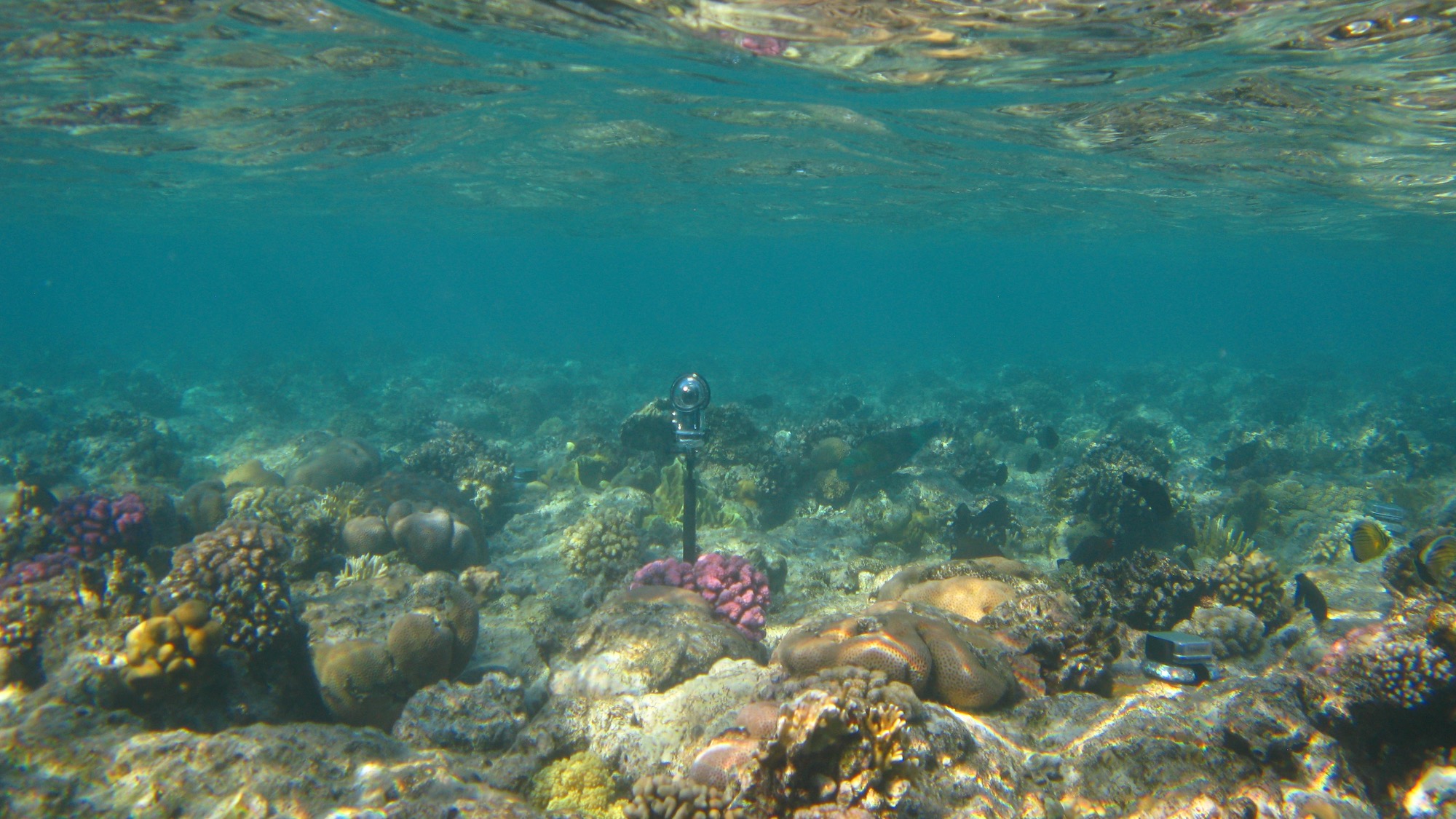

In the water, sound is the primary form of communication for many marine organisms. A healthy ecosystem, like a lively coral reef, sounds like a loud symphony of snaps, crackles, pops, and croaks. These sounds can attract new inhabitants who hear its call from the open ocean. But in reefs that are degraded or overfished, it is more of a somber hum. That’s why monitoring how these habitats sound is becoming a key focus in marine research.
To study this, scientists deploy underwater microphones, or hydrophones, for 24 hours at a time. Although these tools can pick up a lot of data, the hundreds of hours of recordings are tedious and difficult for a handful of researchers, or even labs, to go through.
This week, tech giant Google announced that it was collaborating with marine biologists to launch an ocean listening project called “Calling our corals.” Anyone can listen to the recordings loaded on the platform—they come from sounds recorded by underwater microphones at 10 reefs around the world—and help scientists identify fish, crabs, shrimps, dolphins and human sounds like mining or boats. By crowdsourcing the annotation process for the audio clips, scientists could gather information more quickly on the biodiversity and activity at these reefs.
[Related: Why ocean researchers want to create a global library of undersea sounds]
As part of the experience, you can also immerse in 360, surround sound views, of different underwater places as you read about the importance of coral to ocean life. Or, you can peruse through this interactive exhibit that takes you on a whirlwind tour.
If you want to participate as a citizen scientist, click through to the platform, and it will take you through a training session where it teaches you to identify fish sounds. Then, you can practice until you feel solid about your skills. After that, you’ll be given 30-second-reef sound clips, and you will be asked to click every time you hear a fish noise, or spot where fish sounds versus shrimp sounds appear in a spectrogram (a spectrogram is a visual pattern representation capturing the amplitude, frequency, and duration of sounds).
You can choose a location to begin your journey. The choices are Australia, Indonesia, French Polynesia, Maldives, Panama, Belgium’s North Sea, Florida Keys, Sweden, and The Guly in Canada. The whole process should take around 3 minutes.
A more ambitious goal down the line for this project is to use all of the data gathered through this platform to train an AI model to listen to reefs and automatically identify the different species that are present. Having an AI model means that they can handle and ingest larger amounts of data, getting the researchers up to date faster on the present conditions out in the ocean.
